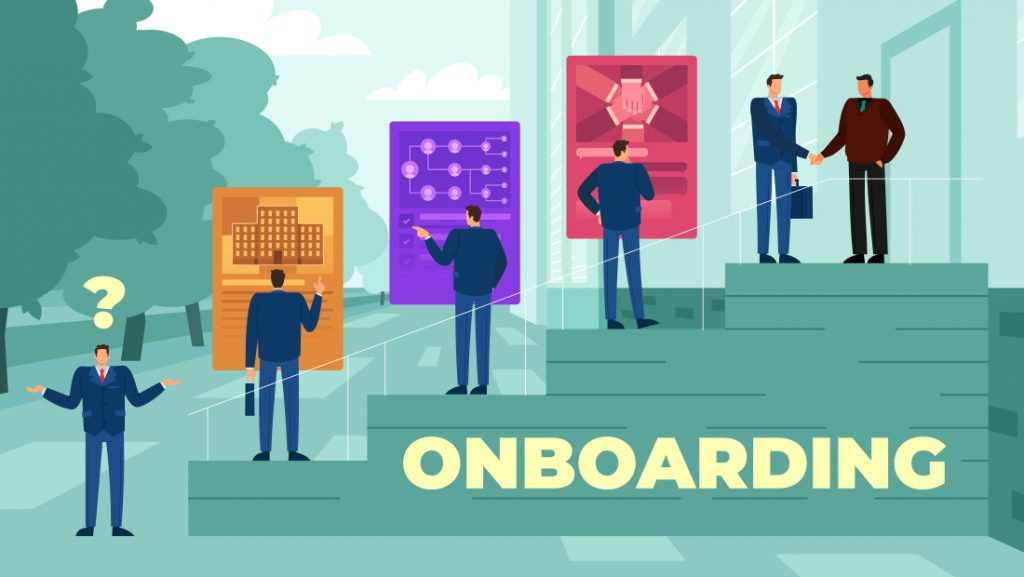While the virus appears set for a fearsome return in many parts of the world, the mental health crisis in the workplace continues to be an equally challenging reality leaders are struggling to manage. As they strive to help businesses upskill and reskill to cope with the new unknowns, the L&D team must remain mindful of anxiety levels.
According to a global study of over 2,700 employees across more than 10 industries undertaken by Qualtrics and SAP a year ago, “75% of people say they feel more socially isolated, 67% of people report higher stress, 57% are feeling greater anxiety, and 53% say they feel more emotionally exhausted”.
Let us step out of the office for a while and understand why the science of gaming is important to all, especially those of us exploring gamification in L&D.
When gaming joins hands with science
The developers of The Insight Project describe it as “Gaming the mind to master mental health”. The leads of this ambitious project are Paul Fletcher, Psychiatrist & Professor of Health Neuroscience, University of Cambridge, and Tameem Antoniades, Creative Director & Founder, Ninja Theory.
This is what the two leaders of the “experimental and exploratory project expected to take shape over several years” state in their journal:
“There is a growing realization that mental experiences, including negative ones like fear and anxiety, which are central to mental ill-health, emerge from a complex interaction of biological, psychological, and environmental factors. Any comprehensive approach to mental suffering must take into account these factors.
“We believe that video games have huge potential to help people in ways that have yet to be explored and exploited. They provide compelling and absorbing narratives within immersive settings and can be tailored to respond flexibly and sensitively to the individual abilities and demands of those who play them.”
Carved by Hellblade
The seeds of The Insight Project were sown in 2017, when Antoniades and Fletcher had collaborated to develop the game Hellblade: Senua’s Sacrifice. The game received universal acclaim for its “depiction of a warrior with severe mental health issues with a focus on psychosis”.
Andrew Webster wrote in his review of Hellblade: “It tackles an important, and often under-discussed topic—in this case, mental illness—but it does so with both care and intelligence. That theme is then married with some incredible production values, including gorgeous, lifelike visuals, and unsettling sound design.”
Players responded with “praise and heart-warming messages of support.”
Antoniades and Fletcher decided to continue discussions on how games could help promote mental wellbeing. The result is the continuing Insight Project.
The new science of gamification
In their journal, Antoniades and Fletcher offer several reasons why gamification makes a strong case for learning beyond the realm of mental health.
They assert that “understanding brain-body relationship is crucial, but games give us the third missing piece—control over the environment”.
They point out that videogames “engage, train new skills, and promote mastery, a toolset that can be applied to mental wellbeing” and, of course, to business crises during these difficult times.
They add: “Over the last decade the games industry has advanced real-time technology, such as virtual avatars, human-computer interfaces, machine learning, data analytics, online technology, and engagement strategies, to a level that is grossly underestimated by those unfamiliar with the innovation present in modern videogames.”
Use VR, heal thyself
Take the advancements in virtual reality (VR), for example. Everyone knows VR is great sci-fi kind of fun. Can it also work well as a serious self-help tool when one is struggling to cope with a personal problem that can impact performance at work, too?
Ironically, when faced with a problem, we are better at giving advice than helping ourselves. A study has established that “it is possible to enact internal dialogue in virtual reality (VR) through participants alternately occupying two different virtual bodies—one representing themselves and the other Sigmund Freud.” They explain the problem to the virtual Freud and then “from the embodied perspective of Freud see and hear the explanation by their virtual doppelganger, and then give some advice”.
An experiment was carried out with 58 people, 29 in the body swapping self-conversation condition and 29 in a condition where they only spoke to a scripted Freud character. The results showed that the self-conversation method results in a greater perception of change and help compared to the scripted one.
The best of learning initiatives may fail if the learner is distracted by some problem. Maybe the answer lies in a VR session before the learner returns to play recharged?
New clinical science
Antoniades and Fletcher consider the use of games, the amalgamation of science and technology to be “a new kind of clinical science, one that recognizes the need to move away from the laboratory and to harness the creative skills of game makers as well as the capacity of gameplay as a means to learn about and reframe our understanding of the world and ourselves.”
Use science to build the foundation, stay focused on the learning goals and be sure to include “gorgeous, lifelike visuals and unsettling sound design.” And your next gamification program is sure to elevate your organization’s L&D to a higher stratum of success.
Some of the hyperlinks used in this post may require readers to sign up or log in.



















